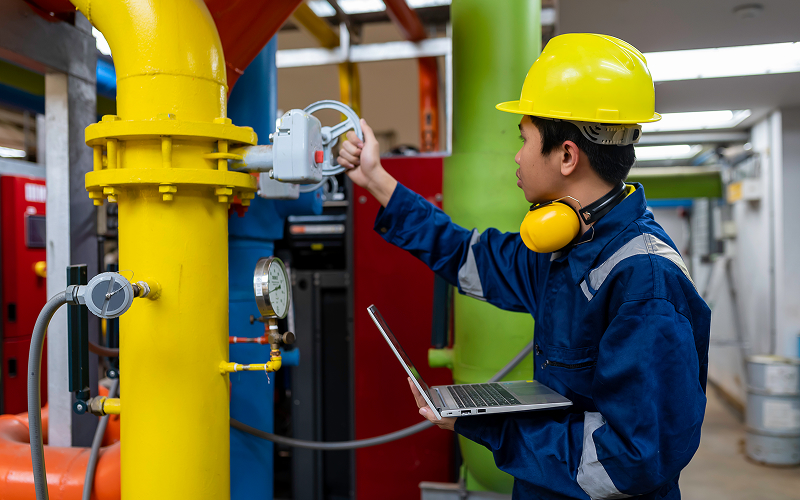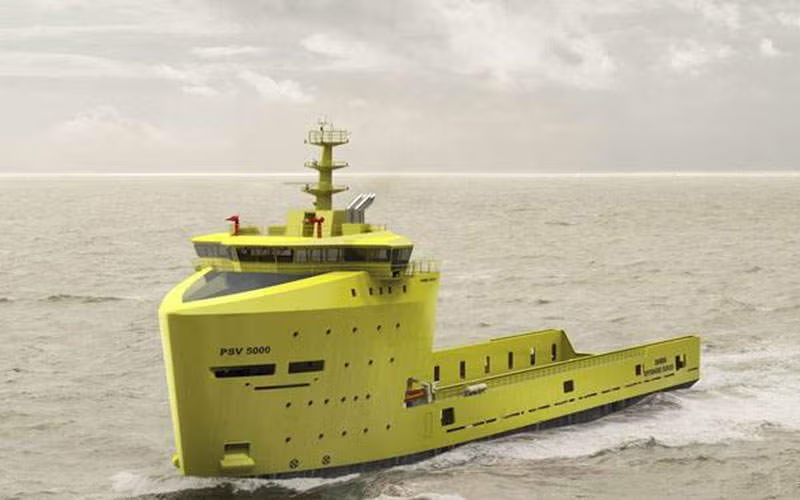How Often Should You Use a Detector Gas Calibration Service?
Gas detectors are critical for ensuring workplace safety in industries where exposure to hazardous gases poses serious health and safety risks. Whether used in confined spaces, chemical plants, or construction sites, gas detectors must be reliable at all times. Over time, however, sensors can drift or degrade, leading to inaccurate readings. To maintain their accuracy and effectiveness, regular calibration is essential. This article explores how frequently a detector gas calibration service should be used and what factors influence the schedule.
Manufacturer Guidelines Serve as a Baseline
Manufacturers provide baseline recommendations for calibration intervals based on the specific sensor type, design, and intended use. In general, many detectors require calibration every six months. Some critical-use devices may require monthly or even weekly checks, especially when operating in demanding environments. These recommendations serve as a minimum, but actual schedules may vary based on site conditions, industry requirements, and sensor age. Ignoring these guidelines may compromise the device’s ability to detect harmful gas levels accurately.
Environmental Conditions Influence Calibration Frequency
The harsher the working environment, the more frequently calibration is needed. Exposure to high humidity, extreme temperatures, or corrosive chemicals can accelerate sensor deterioration. In sectors like marine, waste treatment, or petroleum refining, these environmental factors place constant stress on gas detection equipment. A detector operating in such conditions in Singapore may require calibration every one to three months to ensure continued reliability. Monitoring how the device responds under real conditions helps determine the most appropriate frequency.
Frequency of Use Affects Sensor Drift
A gas detector used daily in active monitoring scenarios will drift more quickly than one used intermittently. Consistent exposure to target gases, or repeated activation of alarms, gradually shifts the sensor’s baseline. As a result, regular users should consider monthly calibration through a professional detector gas calibration service. In contrast, standby units or devices used only for periodic checks may maintain accuracy for longer periods but should still be verified at least every six months. Keeping usage logs helps in scheduling timely service.
Consequences of Inaccurate Readings Are Too Serious to Risk
The main purpose of a gas detector is to protect life and infrastructure. When calibration lapses, the risk of undetected gas leaks increases. This could lead to explosions, toxic exposure, or legal liabilities. Regular calibration minimises these risks by verifying that the detector reads within its acceptable range. The cost of using a gas detector calibration service in Singapore is small compared to the potential consequences of undetected gas hazards. In safety-critical operations, more frequent calibration is not optional—it is a requirement.
Industry Standards May Require Stricter Intervals
Various industries in Singapore follow regulatory frameworks that govern gas detection and monitoring practices. These may include standards issued by government bodies or industry regulators that specify calibration intervals. For example, facilities handling flammable or toxic gases may be required to document calibration every 30 days. Failing to adhere to these standards may result in penalties or operational shutdowns. Aligning calibration practices with the relevant industry codes ensures full compliance and audit readiness.
Device Age and Sensor Type Make a Difference
As gas detectors age, sensors become more prone to drift and malfunction. Older devices may require more frequent calibration to maintain accuracy. Additionally, some sensor types—such as electrochemical or catalytic sensors—are more susceptible to degradation than others. Knowing the sensor type and its expected lifespan helps determine whether standard intervals are sufficient. In some cases, replacing the sensor entirely may be more practical than increasing calibration frequency.
Post-Incident Testing Requires Immediate Calibration
Any event that exposes a gas detector to high concentrations of gas, moisture, or shock should be followed by an immediate calibration check. This includes near-miss incidents, gas leak detection, or accidental drops. Even if the device appears functional, calibration helps verify that the sensor hasn’t drifted or been damaged. Treating these events as triggers for calibration strengthens the reliability of your detection system moving forward.
Learn More: [Think Green Initiative] Should you Rent or Buy a Portable Gas Detector?
Preventive Maintenance Plans Support Long-Term Reliability
Incorporating gas detector calibration into a broader preventive maintenance programme ensures that devices are consistently checked, logged, and documented. Scheduling calibration alongside routine servicing helps avoid last-minute checks or emergency interventions. A preventive approach also provides visibility into performance trends, helping to identify units that require more frequent service or replacement. In environments where reliability is non-negotiable, this approach offers the most effective long-term protection.
Calibration Records Strengthen Accountability
Detailed records of calibration dates, results, and servicing personnel contribute to a culture of accountability and transparency. These records are essential during audits or investigations and support workplace safety documentation. Maintaining calibration logs also helps assess whether your current schedule is effective or if adjustments are needed based on sensor performance. When audits require proof of diligence, these records demonstrate that the organisation has taken the necessary steps to protect workers and assets.
Scheduled Service Builds Confidence in System Integrity
Relying on a detector gas calibration service at regular intervals ensures the equipment functions as intended. Confidence in gas detection systems translates to safer operations and greater peace of mind for everyone on site. It also signals a company’s commitment to maintaining the highest safety standards. When devices are maintained correctly, personnel can trust the alerts they receive and act on them with confidence.
For more information about gas detectors in Singapore, contact Ansac Technology today.
















